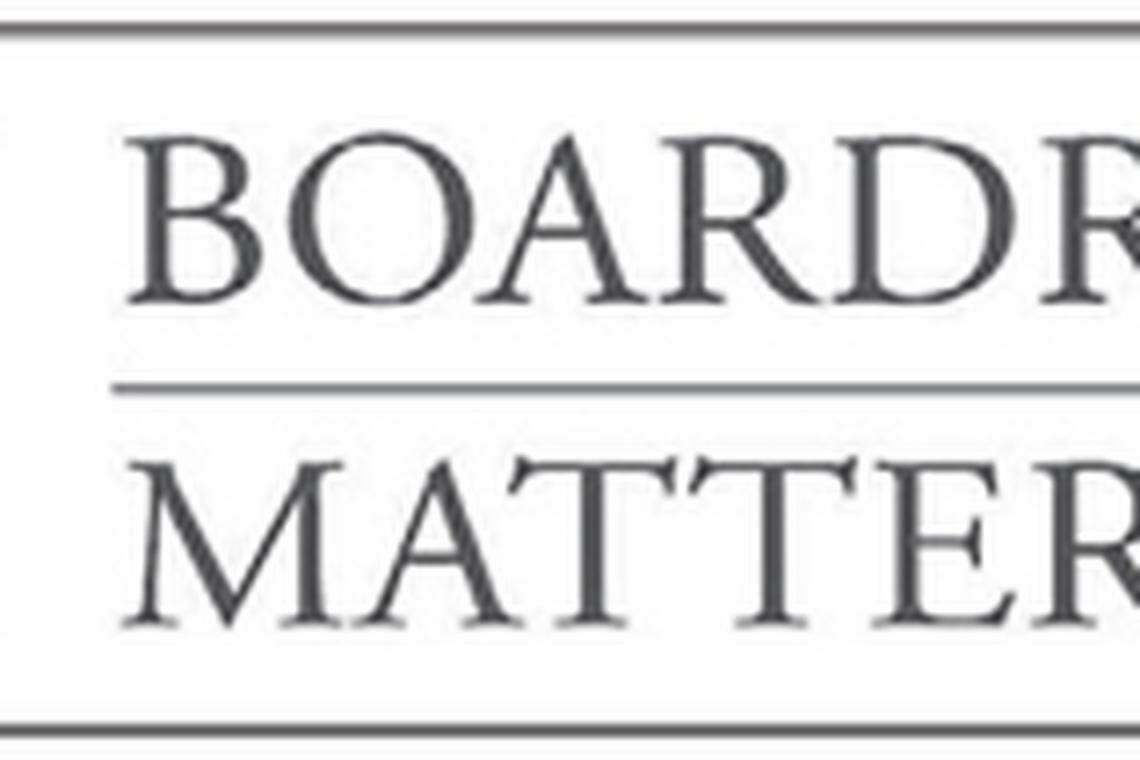Time to make changes to the Nine-Year Rule?
This could help address concerns about director independence as well as the broader issue of board renewal.
ONE of the most challenged rules in the 2012 Code of Corporate Governance is Guideline 2.4 on director independence.
Commonly known as the Nine-Year Rule, it states that "the independence of any director who has served on the board beyond nine years from the date of his first appointment should be subject to particularly rigorous review".
Determining independence
The common objection to the Nine-Year Rule is: "So, how did I suddenly lose my independence after nine years?"
The answer, of course, is that a director does not lose his (or her) independence at the nine-year mark. Rather, the purpose of the guideline, according to the Corporate Governance Council which drafted it, is to deal with the "risk that the relationship built up with management over the years of service could compromise (a long-serving director's) independence". Nine years, the council felt, was a "sufficiently long reference period for the board to reconsider a director's independence".
That said, the Nine-Year Rule is not a hard line drawn in the sand. It only requires the board to reconsider the independence of the director after a "particularly rigorous review". The Code does not describe what a "particularly rigorous review" involves although the recent Nominating Committee Guide, produced by the SID with the support of the regulators, provides some guidance.
Ensuring renewal
A closer examination of Guideline 2.4 suggests that its concern extends beyond the issue of independence to embrace the broader issue of renewal. Indeed, it goes so far as to state that the board should "also take into account the need for progressive refreshing of the board".
If, in the end, a long-serving director is declared non-independent, he can continue to serve on the board as a non-independent non-executive director (NI-NED). This flexibility addresses the concern that boards may wish to retain certain long-serving directors who are still able to add significant value and provide some level of continuity and stability.
However, there is also a requirement for a minimum proportion of independent directors on a listed company's board (either one- third, or half if the board chairman is non-independent). This minimum requirement prevents a company from having too many long-serving NI-NEDs, and hopefully results in boards with a greater diversity of tenures.
Not effective
Unfortunately, by conflating the need for director independence and renewal, the Nine-Year Rule can sometimes end up achieving neither.
The available data shows that conformance with the Nine-Year Rule by companies is poor. The SID-ISCA Singapore Directorship Report 2016 found that 64 per cent of companies (which have been listed for over nine years) have at least one director who is still declared as independent despite being over the limit. Two years earlier, the figure was 58 per cent.
This high number of long-serving independent directors is similar for companies of different market capitalisations. However, the proportion is much higher in mainboard companies (69 per cent) when compared to Catalist companies (42 per cent).
Under the Code's current "comply or explain" approach, companies should adequately explain how and why they consider a long-serving director independent. However, many boards simply and baldly declare that they have conducted rigorous reviews (without detailing the review process undertaken) and conclude that they have found the director in question to be independent.
Achieving renewal
If renewal is to be achieved, the rules or their implementation must change. One approach could be a stricter enforcement of the "comply or explain" approach to prod companies to be more rigorous in their reviews, and be less cavalier in their declarations of the independence of long-serving directors.
An easier approach would be to hard code the term of an independent director, so that any director is automatically deemed to be non-independent after the nine-year mark. This has the advantage of removing the ambiguity and loophole for boards and their nominating committees, while encouraging them to focus on succession and renewal.
In fact, our local banks under the aegis of the Monetary Authority of Singapore (MAS) have taken this very approach. Since December 2010, directors of local banks who serve for over nine years are not allowed to be considered independent. They can, however, remain as NI-NEDs, provided composition requirements are met.
Indeed, the Corporate Governance Council initially recommended adopting the same MAS rule in the 2012 Code for all listed companies. However, after industry consultation and feedback, it modified its recommendation to the current position.
Other jurisdictions
The approach of other jurisdictions is instructive. Some countries are beginning to hard code a term limit for director independence. The European Commission recommends a 12-year limit for its member countries, which France has adopted. The Philippines is adopting a nine-year limit from this year.
Others such as the UK and Australia have "comply or explain" guidelines that are similar to Singapore's. However, a few, such as Malaysia and Hong Kong, go a step further to require shareholder approval for long-serving directors.
Meanwhile, major countries such as the US, Canada and Japan provide no guidance on the tenures of independent directors.
Which leads us to the conclusion that, as in Singapore, the issue of a fixed tenure for director independence around the world is still very much a work in progress.

BT is now on Telegram!
For daily updates on weekdays and specially selected content for the weekend. Subscribe to t.me/BizTimes
Companies & Markets
Micron poised to get over US$6 billion in chips grants in announcement next week
Gold gains as Middle East tensions lift safe-haven appeal
New Cadence supercomputers aim to speed creation of chips, software
Singapore shares climb at Thursday’s open; STI up 0.3%
China education firms learn tough lessons overseas
Keppel Pacific Oak US Reit posts 8.8% fall in distributable income for Q1
